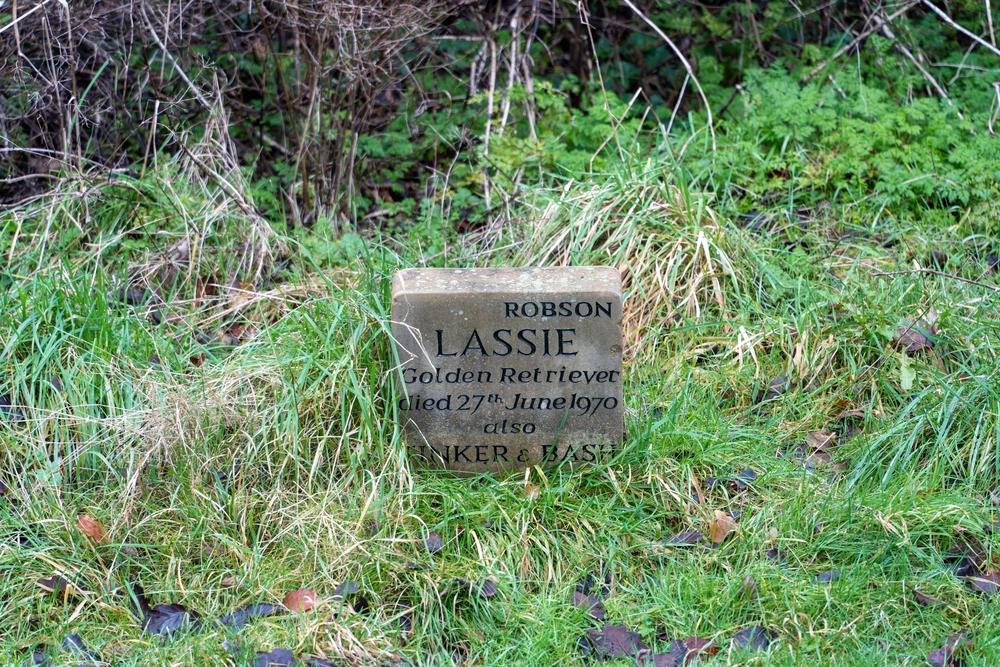Understanding the Deep Emotional Connection between Humans and Pets
The bond between humans and pets is profound and carries immense emotional depth. An integral part of many households, pets are often considered as family members, with studies indicating that pet-owners view their pets as sources of significant emotional support. This emotional connection is attributed to the unconditional love, companionship, and loyalty pets exhibit, fostering a unique human-pet relationship.
The Grief of Losing a Pet
When this cherished bond is severed by the loss of a pet, the resulting grief can be as intense as the pain felt when losing a human loved one. The American Psychological Association underscores this fact, emphasizing that the emotional toll of losing a pet is not to be underestimated. The death of a pet can trigger a grief response that mirrors the emotional experience of human bereavement. This is because the loss signifies a sudden end to the love, companionship, and comfort the pet provided.

Acknowledging the Grief
When it comes to dealing with grief, acknowledging and validating your feelings is paramount. It is an essential step in the healing process. As humans, we often try to sidestep pain, but the truth is, the only way out of grief is through it. Acknowledging your feelings allows you to begin the process of healing.
The Consequence of Ignoring Grief
Ignoring or suppressing your grief can lead to more severe emotional issues down the line. Unprocessed grief can lead to mental health disorders such as depression and anxiety.
It is therefore essential to confront your grief, understand it, and give it the space it deserves in your life. This will help you heal in a healthy and gradual manner.
The Five Stages of Grief in Pet Loss
When dealing with a pet’s demise, understanding the Five Stages of Grief can provide a structured framework for navigating through the emotional turmoil. This model, proposed by psychiatrist Elisabeth Kübler-Ross, includes denial, anger, bargaining, depression, and acceptance.
Understanding Each Stage
- Denial: This initial stage kicks in as a protective mechanism, helping us cope with the immediate shock.
- Anger: As reality sets in, anger often follows. This can be directed towards oneself, others, or even the pet for leaving.
- Bargaining: Here, we may find ourselves making promises or negotiations in a futile attempt to reverse the situation.
- Depression: This stage brings a profound sense of loss and sadness.
- Acceptance: The final stage is not about forgetting or moving on, but rather learning to live with the loss.
These stages are not linear and everyone experiences them differently and in their own time. Some may skip stages or revisit them.
Healthy Coping Mechanisms
Managing the grief of losing a treasured pet can be an overwhelming challenge. It’s crucial to engage in healthy coping mechanisms to navigate this emotional journey. One highly recommended strategy is journaling. Documenting your feelings and memories can serve as a therapeutic outlet for your emotions.
Another effective approach is openly discussing your pet, sharing stories, and expressing your emotions. This can help in processing your feelings and remembering your pet in a positive light. Furthermore, creative expression through art, music or writing can also be beneficial.
Unhealthy Coping Mechanisms and How to Avoid Them
While it’s natural to grieve, some coping mechanisms can be harmful. These include substance abuse or self-isolation. It’s essential to recognise these unhealthy tendencies and seek professional help if necessary.

Memorialising Your Pet: A Therapeutic Approach to Pet Loss
Experiencing the loss of a pet can be a profound and deeply personal journey. It’s essential to remember that grieving for a pet is a normal and crucial part of the process. Here are some meaningful ways to memorialise your pet and assist in navigating the grieving process.
- Hold a Memorial Service: This can be a private or public gathering where loved ones can share stories and express their feelings. It’s a formal way of saying goodbye that offers closure.
- Create a Scrapbook: Collect photos, toys, and other mementos that represent your pet’s life. This tangible reminder can offer comfort during difficult times.
- Donate to a Pet-Related Charity: Many Australian pet charities accept donations in memory of pets. This tribute can make a positive impact in the lives of other animals.
Each of these actions can provide a pathway to healing, allowing you to remember your pet with love while acknowledging the pain of loss.
The Role of Memorialising in the Grieving Process
Memorialising your pet provides emotional release, enabling you to express your feelings and begin the healing process. It serves as an outlet for grief, transforming the pain into a loving tribute. By creating a lasting legacy for your pet, you’re acknowledging their impact on your life and helping to keep their memory alive.
Seeking Professional Help for Pet Loss
Experiencing the loss of a pet can be a deeply distressing event. It’s important to understand that it’s perfectly normal, and often beneficial, to seek professional help to navigate through this challenging time. Professionals like counsellors or therapists can provide objective, compassionate support and effective coping strategies to help you through the grieving process. It’s okay to reach out when the grief feels overwhelming or if you’re struggling to carry out daily activities.http://counsellors or therapists

Pet Loss Support Groups and Therapy Sessions
Joining a pet loss support group or attending therapy sessions can be incredibly helpful. In these settings, you’re surrounded by individuals who’ve experienced similar losses, fostering a sense of community and shared understanding. These sessions usually involve discussions about coping techniques, sharing personal experiences, and providing mutual support. It’s a non-judgemental space where feelings of grief and loss are acknowledged and validated.
Understanding Children’s Experience of Pet Loss
Children perceive the loss of a pet uniquely, often differently than adults. Their understanding of death is typically less concrete, possibly leading them to experience confusion alongside their grief.
Guiding Children through Pet Loss
Helping children cope with pet loss requires patience, understanding, and a few practical steps:
- Open Conversation: Explain the concept of death in terms your child can understand.
- Encourage Expression: Encourage your child to express their feelings. Drawing, writing, or talking about the pet can assist in this process.
- Memorialise the Pet: Create a memory box or plant a tree in honour of the pet. This tangible reminder can help your child process their loss.
Moving Forward Without Forgetting Your Pet
It is essential to understand that moving forward does not mean forgetting your beloved pet. They were part of your family, and their memory deserves to be honoured. It’s about allowing yourself to heal and potentially opening your heart to another pet when the time is right.
Considering a New Pet
Welcoming a new pet is a personal decision that should be considered carefully. There’s no ‘right’ time – it’s about when you feel ready. Take into account the emotional readiness and the potential impact on your household. It’s also worth considering adopting from a shelter, as this can give a loving home to a pet in need.
Remember, it’s essential to allow yourself the time to grieve before making any decisions. Moving forward is a process, not a race.


